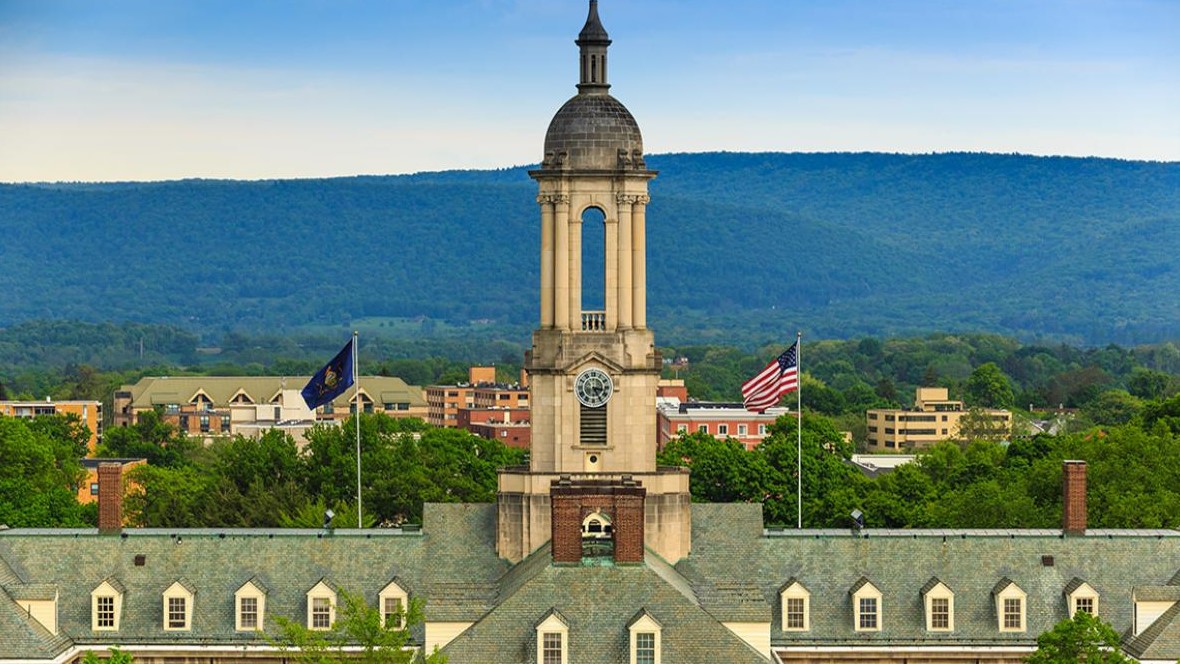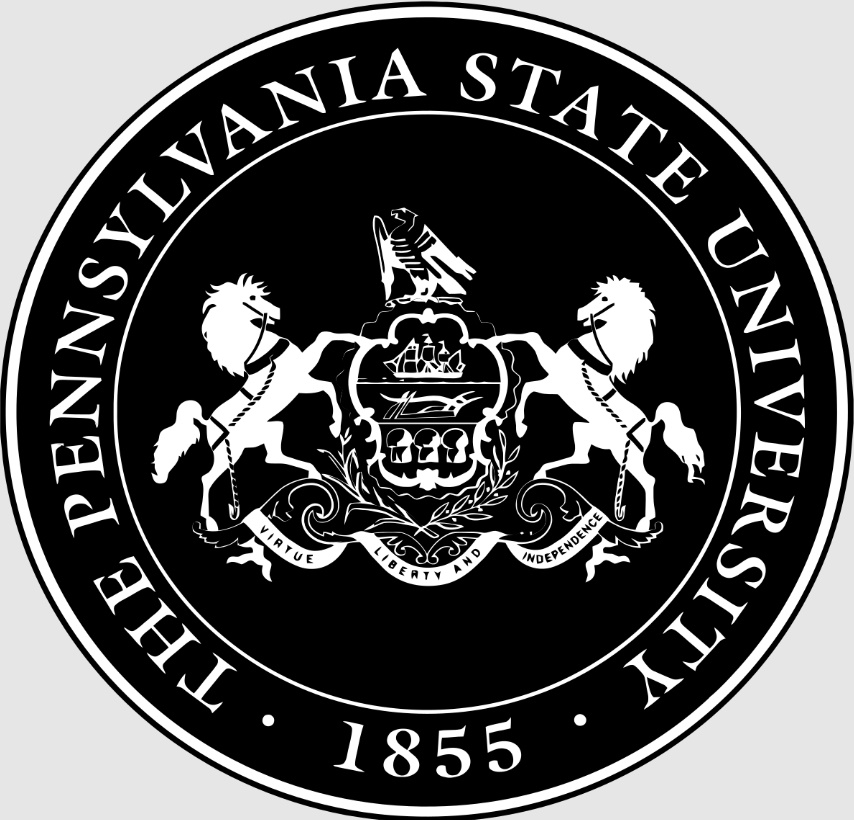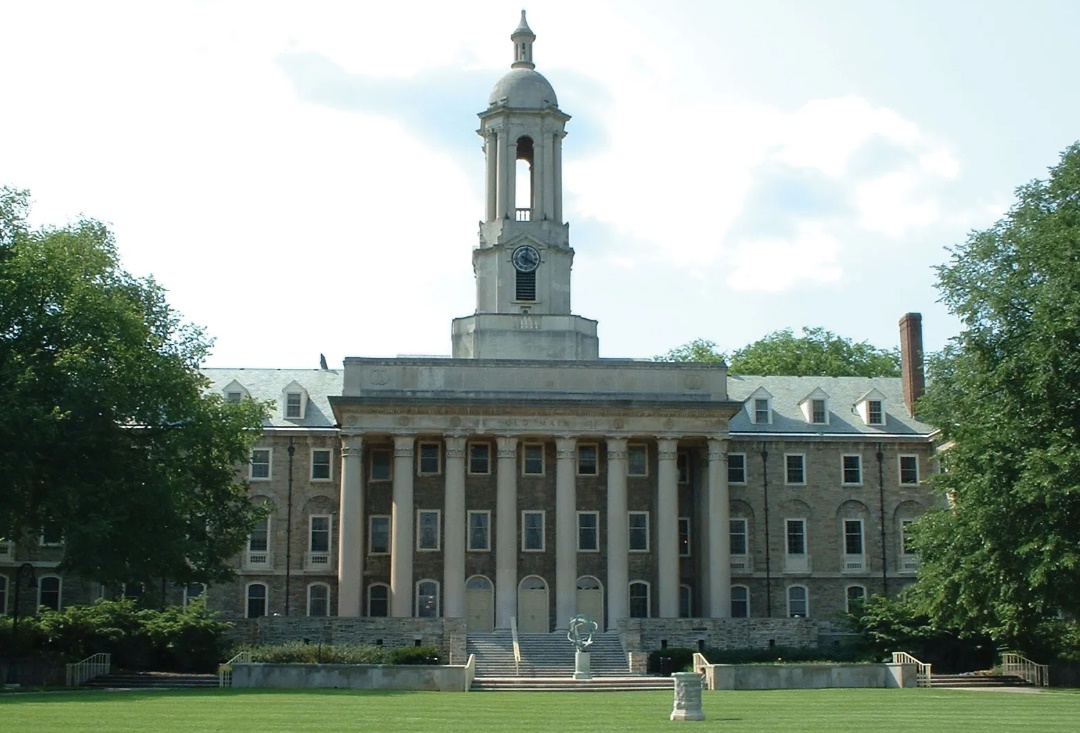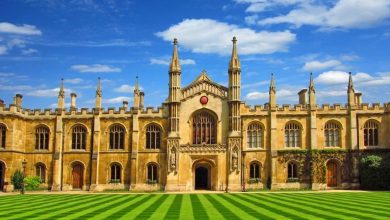Pennsylvania State University Ranking, Official Address & More

A public research university that grants associate, bachelor’s, master’s, doctoral, and professional degrees, as well as continuing education opportunities, is Pennsylvania State University, also known as Penn State. University Park is home to Penn State’s main campus, and the university has nineteen additional campuses scattered around the state. Additionally, Hershey has a medical school, Dickinson has a law school, Malvern has a graduate and professional studies school, and Williamsport has the Pennsylvania College of Technology.
” That through integrated, top-notch programs in teaching, research, and service, enhances the quality of life for individuals in Pennsylvania, the country, and the world.,” is the university’s stated mission.
Location of the University
University Park, the largest of the university’s 24 campuses, is situated between State College borough and College Township in Centre County, close to the state’s geographic center. The specific ZIP code for it is 16802. It is the most exclusive campus in the Penn State system, with a 49 percent admittance rate for undergraduate students. According to a number of sources, it is one of Pennsylvania’s most exclusive schools. 40,363 undergraduate students and 5,907 graduate students were enrolled at University Park for the fall 2018 semester. Of those, 46.5 percent were women and 42.4% were non-residents of Pennsylvania.
History of the Pennsylvania State University
Despite not being formally founded until 1863, the school’s concept was conceived in the 1850s. The university started out as an agricultural college, like many other land grant institutions. The first president created a wide assessment based on his own European education and gave 200 acres of farmland to the new institution.
The school established a reputable scientific research community while expanding as an agricultural research institution over the years. Leading educational and scientific initiatives have been developed in the United States as a result of its participation in the space race, as well as national worries about, among many other hot topics, the standard of education. In 1953, the institution was granted full university status.
History: Early 20th century
Penn State saw rapid growth in the years that followed, becoming to be the state’s largest provider of baccalaureate degrees and enrolling 5,000 students in 1936. In order to give students from the Great Depression who couldn’t afford to leave home for education a choice. President Ralph Dorn Hetzel established a system of commonwealth universities and colleges around that time.
President Milton S. Eisenhower, the sibling of the U.S. In order to give the institution teaching certificate as The Pennsylvania State University, President Dwight D. Eisenhower sought and obtained permission. Hundreds of acres of nearby property were purchased by the institution under his successor Eric A. Walker (1956–1970), and enrollment nearly tripled. In addition, the Hershey Trust Company donated $50 million in 1967 to construct the Penn State Milton S. Hershey Medical Center in Hershey, which includes a medical school and hospital.
History: Modern era
The university would become a state-related organization in the 1970s. In light of this, it is currently a part of the Commonwealth System of Higher Education. In recognition of Universal Women’s Year in 1975, the words to Penn State’s fight song were changed to be gender-neutral. The new lyrics were borrowed from Fred Lewis Pattee’s posthumously published memoirs. Those who desired the change were represented by Professor Patricia Farrell.
The institution welcomed the Pennsylvania College of Technology in Williamsport in 1989, and the Dickinson School of Law followed suit in 2000. The university, which has grown to be the biggest in Pennsylvania, was recognized in 2003 for having the second-largest economic impact on the state of any institution, with a $2.5 billion budget. The institution has focused its efforts on philanthropy to make up for the loss of financing caused by the slow growth in state appropriations to Penn State (the Grand Destiny campaign. A seven-year initiative that generated more than $1.3 billion, came to an end in 2003).
Academic Programs
The technical and scientific disciplines, particularly life sciences, engineering, agriculture, and earth sciences, house the university’s strongest academic programs. These courses are among the more difficult ones offered on campus. The subjects of geography, mathematics, chemistry, and business are also of high caliber. Classes for some of the most well-liked lectures may number 300 or more. In total, Penn State provides more than 225 undergraduate study options. All students must complete a set number of “diversity-focused” courses that promote understanding of minority and cultural perspectives.
Bachelor’s Degrees
Numerous fields of study, such as accounting, administration of justice, agriculture, classics and ancient Mediterranean studies, business, engineering, education, forensic science, hotel, restaurant, and institutional management, information sciences and technology, music, mathematics, nursing, plastics engineering technology, Russian, psychology, statistics, the humanities in general, as well as.
Graduate Programs
Additionally, a wide range of graduate programs are offered at the University Park campus, including those in acoustics, apply statistics, biology, counselor education, educational leadership, fuel science, health policy and administration, mathematics, industrial engineering, nursing, music, plant pathology, teacher certification, wildlife and fisheries science, world sociology, and youth and family education. Graduate minors are available in gerontology, high-performance computing, language learning, linguistics, literary theory, criticism, aesthetics, medieval studies, religion, science, technology, society, and social thinking.
Graduate programs are also available at the College of Medicine, School of Graduate and Professional Studies, Harrisburg, Erie, and Harrisburg campuses. The online world campus also offers a few graduate programs, mostly in education. The Dickinson School of Law and the law school are partners.
Academic Life at Penn State
The Pennsylvania State University has a student-to-faculty ratio of 14:1, and 34.2% of its classes have fewer than 20 pupils. Engineering, Business, Management, Marketing, and Related Support Services, Computer and Information Sciences and Support Services, Social Sciences, Journalism, Communication, and Related Programs, Biological and Biomedical Sciences, Health Professions and Related Programs, Agricultural/Animal/Plant/Veterinary Science and Related Fields, Psychology, Physical Sciences, and Other Programs are the most popular majors at The Pennsylvania State University. An indication of student happiness is the average freshman retention rate, which is 93%.
Student Life at Penn State
In the fall of 2020, there will be 39,809 undergraduate students enrolled at Pennsylvania State University. With a gender split of 53% male and 47% female. 74% of students at this institution live off campus, compared to 26% who reside in housing that is owned, operated, or linked with the college. The Pennsylvania State University participates in NCAA I sports.








